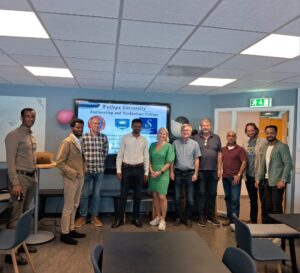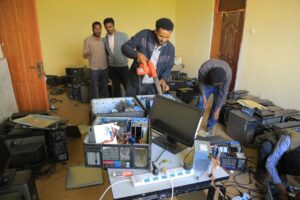Article Title: Current Status and Challenges of Powder Bed Fusion-Based
Metal Additive Manufacturing: Literature Review
Authors
Naol Dessalegn Dejene, and Hirpa G. Lemu
Abstract
Powder bed fusion (PBF) is recognized as one of the most common additive manufacturing
technologies because of its attractive capability of fabricating complex geometries using many possible
materials. However, the quality and reliability of parts produced by this technology are observed to be
crucial aspects. In addition, the challenges of PBF-produced parts are hot issues among stakeholders
because parts are still insufficient to meet the strict requirements of high-tech industries. This paper
discusses the present state of the art in PBF and technological challenges, with a focus on selective
laser melting (SLM). The review work focuses mainly on articles that emphasize the status and
challenges of PBF metal-based AM, and the study is primarily limited to open-access sources, with
special attention given to the process parameters and flaws as a determining factor for printed part
quality and reliability. Moreover, the common defects due to an unstrained process parameter of SLM
and those needed to monitor and sustain the quality and reliability of components are encompassed.
From this review work, it has been observed that there are several factors, such as laser parameters,
powder characteristics, material properties of powder and the printing chamber environments, that
affect the SLM printing process and the mechanical properties of printed parts. It is also concluded
that the SLM process is not only expensive and slow compared with conventional manufacturing
processes, but it also suffers from key drawbacks, such as its reliability and quality in terms of
dimensional accuracy, mechanical strength and surface roughness.
Keywords: additive manufacturing; selective laser melting; defects; process parameter; powder bed
fusion; surface roughness; porosity; microstructure; residual stress
Download Full Article Here:



